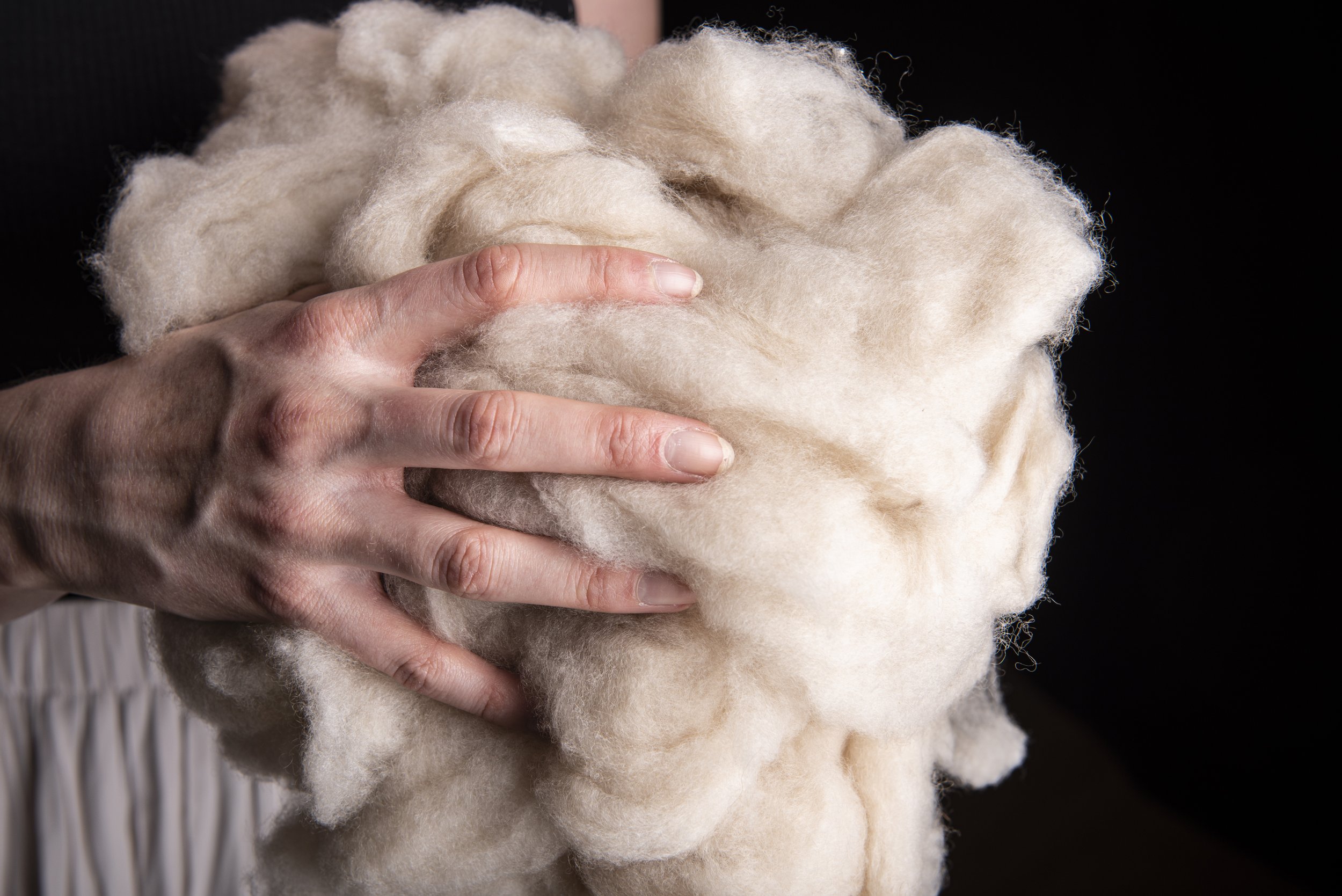Reasons You Should Require Cashmere an All-natural Fiber for Convenience and Style in Everyday Use
In the world of fabrics, couple of fibers rival the deluxe and convenience of cashmere. Exactly how can one best utilize cashmere to elevate their style? These fascinating questions lay the structure for an enlightening exploration into the world of cashmere. cashmere fibre.
Understanding the Luxurious Nature of Cashmere

Evaluating the Comfort Factor of Cashmere Apparel
Cashmere's special fiber framework permits for breathability, controling temperature level and avoiding overheating. Cashmere's hypoallergenic buildings also add to its comfort, making it an ideal choice for delicate skin. In essence, the comfort of cashmere is obtained from its gentleness, breathability, durability, hypoallergenic nature, and adaptability.

The Ecological Effect and Sustainability of Cashmere
While the comfort and beauty of cashmere are most certainly enticing, it's equally crucial to consider its partnership with the atmosphere. Cashmere manufacturing, mostly in Mongolia and China, involves elevating cashmere goats, which can significantly strain breakable meadow environments due to overgrazing. This can result in desertification, a pushing environmental worry. The processing of cashmere, involving coloring and cleaning, can additionally contribute to water pollution if not effectively handled. Efforts are being made to develop lasting cashmere production methods, such as rotational grazing and cleaner handling strategies. For this reason, while cashmere has environmental effects, its sustainability Recommended Reading mostly relies on production methods.
Comparing Cashmere to Synthetic Fibers: A Cost-Benefit Evaluation
In spite of its ecological difficulties, cashmere this page presents a special collection of benefits over synthetic fibers. Cashmere's natural fibers offer exceptional gentleness and heat, translating right into convenience that synthetic fibers have a hard time to match. Unlike artificial fibers, cashmere does not add to microplastic pollution, making it a more sustainable option.
Styling Tips With Cashmere for Everyday Sophistication
Having actually considered the cost-benefit analysis of cashmere contrasted to synthetic fibers, it comes to be clear why this elegant product is a favored selection for numerous. When styling cashmere for day-to-day sophistication, simplicity is key. Eventually, the inherent elegance of cashmere makes it a versatile addition to any type of wardrobe, easily boosting day-to-day outfits with a touch of high-end.

Final Thought
In recap, the remarkable residential or commercial properties of cashmere make it a beneficial addition to any wardrobe. Its lavish feeling, flexibility, comfort, and breathability to varying temperature levels are unrivaled. On top of that, cashmere's sustainability and reduced ecological impact contrasted to artificial fibers further improve its charm. The timeless beauty of cashmere, combined with its adaptability, adds sophistication to daily wear. Spending in cashmere garments is a rewarding decision for style, sustainability, and comfort.
